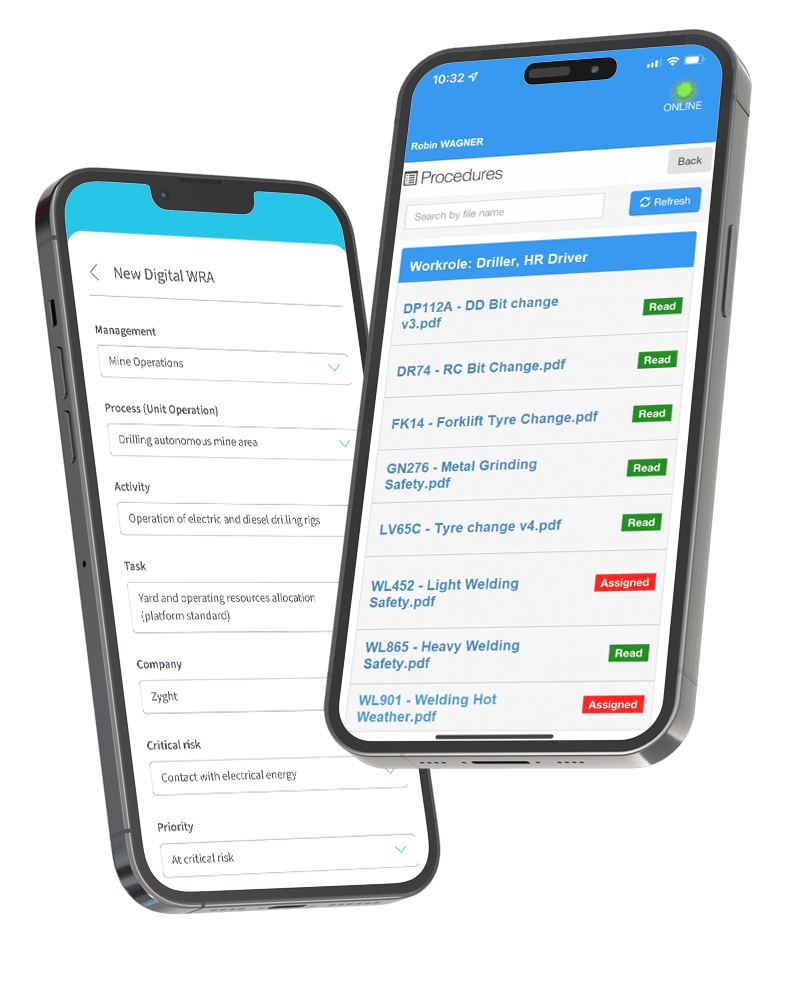In today’s rapidly evolving business landscape, organizations are increasingly recognizing the importance of Health, Safety, and Environment (HSE) management.
A pivotal concept enhancing this recognition is double materiality, which evaluates both the financial implications of HSE practices and their broader impact on society and the environment.
This dual perspective ensures that companies not only safeguard their financial interests but also contribute positively to stakeholders and the planet.
Understanding Double Materiality in HSE Management
Double materiality encompasses two interconnected perspectives:
- Financial Materiality: This “outside-in” approach examines how external HSE-related factors—such as regulatory changes, environmental incidents, or health crises—can affect an organization’s financial performance. For instance, non-compliance with safety regulations can lead to fines, increased insurance premiums, or operational disruptions.
- Impact Materiality: This “inside-out” perspective focuses on the effects an organization’s operations have on external stakeholders, including employees, local communities, and the environment. Effective HSE practices can lead to improved employee well-being, reduced environmental footprint, and enhanced corporate reputation.
By integrating both perspectives, companies can identify and manage risks and opportunities more comprehensively, leading to sustainable growth and resilience.
Regulatory Drivers Emphasizing Double Materiality
The global regulatory environment is increasingly mandating comprehensive reporting that reflects double materiality.
For example, the European Union’s Corporate Sustainability Reporting Directive (CSRD) requires companies to disclose both financial risks and societal impacts related to sustainability matters.
This directive underscores the necessity for organizations to assess and report on how HSE issues affect their financial standing and how their operations impact people and the environment.
Technology's Role in Circular Economy Implementation
Digital solutions play a critical role in monitoring materials, tracking waste, and optimizing resource use. Key technologies include:
- Blockchain – Enhances supply chain transparency, ensuring responsible sourcing.
- IoT Sensors – Monitor resource consumption and waste in real time.
- AI & Big Data – Predict waste generation patterns and improve efficiency.
- Cloud-Based Platforms – Enable collaboration between stakeholders for circular initiatives.
These innovations help businesses measure progress and stay compliant with sustainability regulations.
How Nexo CS Facilitates Double Materiality Assessments
Nexo CS offers specialized software solutions designed to streamline HSE management, aligning with the principles of double materiality:
- Comprehensive Data Management: Nexo CS enables organizations to collect, organize, and analyze HSE data, facilitating the identification of potential financial risks and societal impacts.
- Regulatory Compliance: The platform assists in monitoring compliance with evolving HSE regulations, reducing the risk of financial penalties and enhancing corporate reputation.
- Stakeholder Engagement: By providing transparent reporting tools, Nexo CS helps organizations communicate their HSE performance to stakeholders, fostering trust and demonstrating commitment to sustainability.
Incorporating double materiality into HSE management is not merely a regulatory requirement but a strategic advantage.
By leveraging tools like Nexo CS, organizations can proactively manage risks, capitalize on opportunities, and contribute positively to society and the environment.


